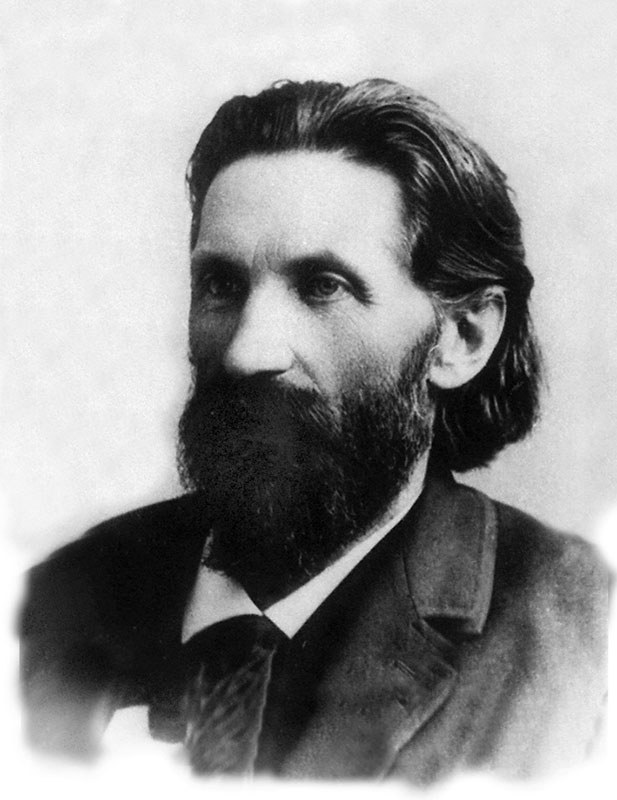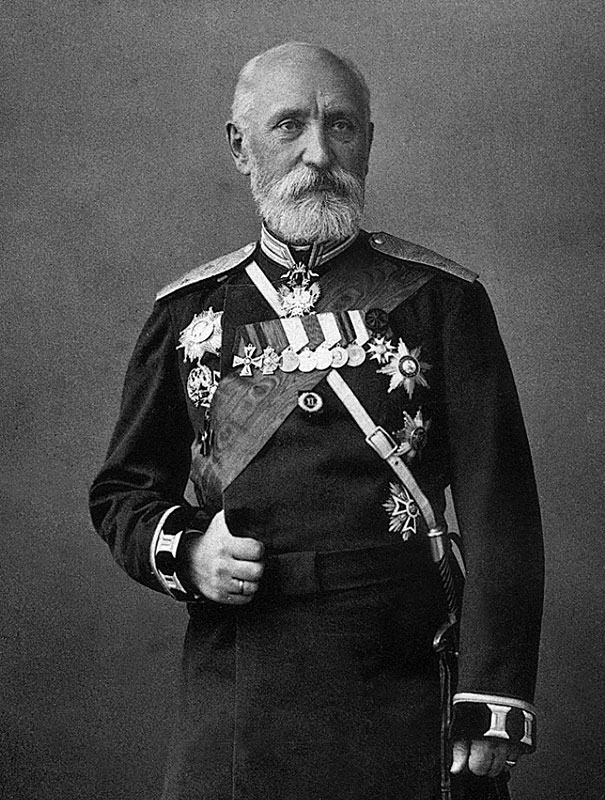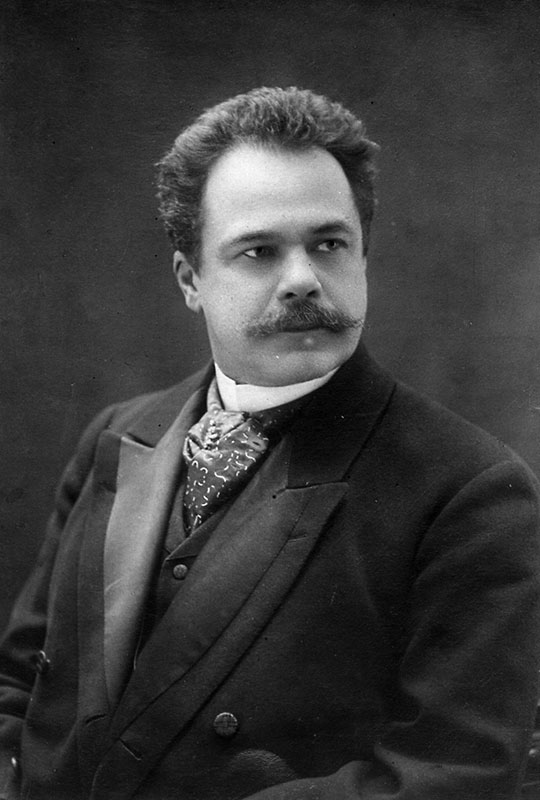Opening the Institute
By September 1900, alongside the beginning of construction works, the Commission for Preparing Curricula and Syllabuses developed the project of the Institute statute, curricula and syllabuses. After the discussion in administrative bodies concerned and consideration of reviews the Ministry of Finance received, a new project of the statute and candidatures of future staff were presented to the State Council.
At the end of November 1901 a temporary governing body was established on the initiative of the Minister of Finance, namely Saint-Petersburg Polytechnic Institute Directors and Deans Committee, which performed the functions of the future governing bodies of SPbPU: Governing Board, Institute Council and Departmental Administrative Bodies. Among the issues discussed by the Committee were the organisation of the educational process, candidatures of Professors, lecturers and laboratory assistants, preparation of auxiliary educational establishments, examination of new laboratories, etc. Besides, the Committee also designed the rules for the Professor court and adopted the Dormitory Charter.
On February 4th, 1902 the draft Bill on establishing Saint-Petersburg Polytechnic Institute was given a final approval by the State Council, and on 2nd May the statute and staff were given the Royal Assent by Nicolas II.
Four departments were set up at the Institute: the departments of economics, shipbuilding, electromechanics and metallurgy. The first Deans were A.S. Posnikov, K.P. Boklevsky, M.A. Shatelen, N.A. Menshutkin respectively. A special position was held by V.V. Skobeltsyn, a Professor in charge of the students. All Professors without exception were members of the Institute Council chaired by the Director, according to the pre-revolutionary Charter.

Sitting (left to right): V.V. Skobeltsyn, M.A. Shatelen, A.G. Gagarin, V.I. Kovalevsky, A.S. Posnikov, N.A. Menshutkin, K.P. Boklevsky. Standing: A.P. Makedonsky, F.Yu. Levinson-Lessing, V.I. Stanevich, I.I. Ivanov, I.I. Ivanyukov, A. Rzheshotarsky, I.M. Grevs, A.S. Lomshakov, A.G. Gusakov, N.S. Kurnakov, I.V. Meshchersky.
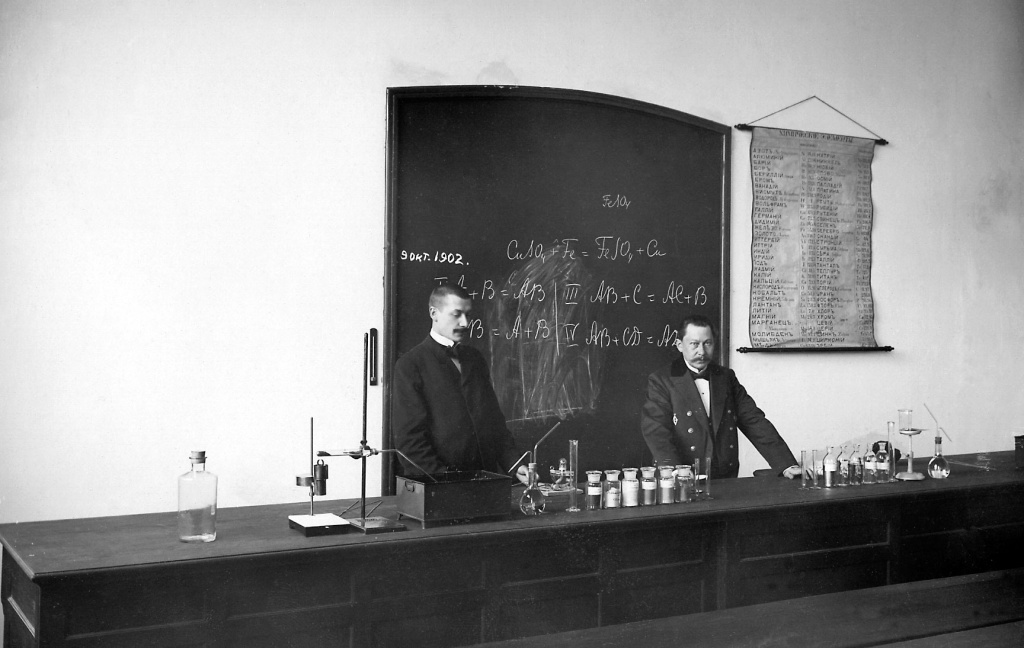
The formal opening ceremony was held on October 1st, 1902. This important event was decribed in the press as a symbol of a new era and hopes for the future. On 2nd October the first ever lecture on theoretical mechanics was delivered by I.V. Meshchersky to the students of the engineering departments, and a lecture on general chemistry - by A.A. Volkov to the students of the economic department.
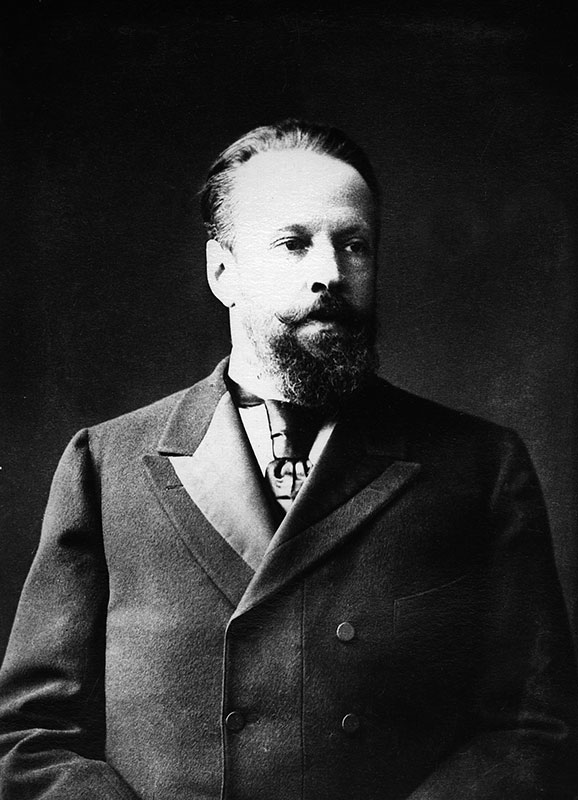
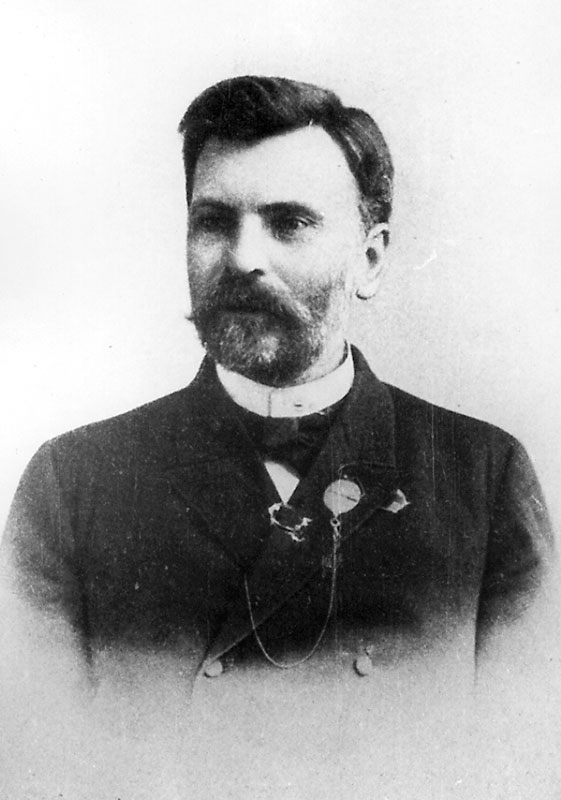
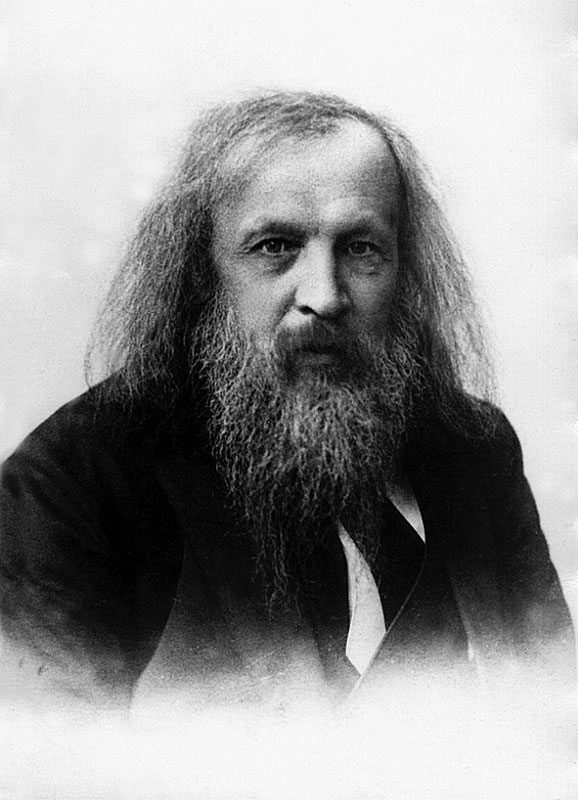
S.Yu. Witte (1849-1915)
One of the most noted reformers in Russia at the turn of the 19th and 20th centuries. Graduated from the University of Novorossiysk, PhD in Physical and Mathematical Sciences; abandoned a career in science to become a politician. Minister of Finance (1892-1903), first chairperson of the Cabinet Council (1903-1906), member of the State Council (1906-1915).
V.I. Kovalevsky (1848-1934)
A tremendously gifted man of outstanding destiny. He was educated as an agriculturalist at St. Petersburg Forestry Institute (at present Saint-Petersburg State Forest Technical University). Deputy Minister of Finance, the director of the Department of Trade and Manufacturing, the “right-hand man” of S.Yu. Witte (1892-1902). Chairperson of RTS (1902-1916). After the Revolution of 1917 he became one of the founding fathers of the All-Russian Research Institute of Plant Industry and All-Russian Exhibition Centre of the USSR.
D.I. Mendeleev (1834-1907)
Russian scientist who discovered the periodic law of the chemical elements. Graduated from the Pedagogical Institute in Saint-Petersburg. His further scientific and teaching activities were connected with Saint-Petersburg University. Starting from 1891 he was in charge of Russia’s Central Board of Weights and Measures, as well as being a member of the collegiums of the Ministry of Finance, which helped him to demonstrate his outstanding abilities in the field of economics.
V.L. Kirpichev (1845-1913)
From 1989 to 1902 he headed Kiev Polytechnic Institute. Starting from 1903 and till the end of his life he worked at SPbPU, being the head of the Building Commission and lecturing on applied and structural mechanics. He contributed a lot to the formation of Saint-Petersburg school of scientists studying mechanics. At SPbPU he set up laboratories to study applied mechanics and friction, where he was the first in Russia to use the optical method of stress analysis.
N.P. Petrov (1836-1920)
A scientist in the field of applied mechanics, engineer, lieutenant general, Deputy Minister of Transportation, academician of the Russian Academy of Sciences, chairperson of RTS (1896-1902), member of the State Council.
A.G. Gagarin (1855-1920)
A descendant of the ancient house of Gagarin Princes. He graduated from the department of physics and mathematics of Saint-Petersburg University, received his PhD degree (1879). After graduating from Mikhailovskaya Artillery Military Academy (1884) he worked for Saint-Petersburg Arsenal, where he started demonstrating his abilities as an inventor. By late 1890s A.G. Gagarin was one of the best specialists in the field of artillery and applied mechanics, the author of two inventions named in his honor. He was awarded a gold medal for inventing a press for testing materials at Nizhny Novgorod Fair (1896). At Paris World Fair (1900) another gold medal was awarded for his invention of a round ruler for designing curves.
A.G. Gagarin had an opportunity to show the best of his administrative skills when occupying the position of the Director of Saint-Petersburg Polytechnic Institute (1900-1907). In the course of the first Russian revolution (1904-1905) he was deposed and switched to scientific research. He defended theses and received the degree of an Adjunct Professor in applied mathematics (1913). During the First World War he did his military service as a permanent member of the Technical Artillery Committee and a government inspector of Putilov metal-working plant (1916). In his later years he worked as a chief draughtsman at the Scientific Experimental Institute of the Commissariat of Transportation (Soviet name for Ministry) in Moscow. After getting permission to live in his former estate, he and his family moved to the village of Kholomky in the region of Pskov (1920). He lectured on mathematics and physics in the newly-opened Pskov Agricultural Technical College. He died on December 22nd, 1920. He was buried not far from his family estate.

